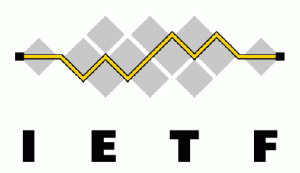...
Customers benefit because they can access a wide range of services without the burden of being tied to a given service provider or technology.
Major bodies
The IEEE is one of the leading standards-making organizations in the world, through the IEEE Standards Association (IEEE-SA). IEEE standards affect a wide range of industries, from power and energy to information technology and telecommunications. The IEEE has close to 900 active standards, with 500 standards under development.
The IEEE usually standardizes the PHY layer of the transmitter and the MAC protocol rules. The following IEEE standards are applicable to the Internet of Things:
- IEEE 802.15.4 (technology used by ZigBee and IETF 6LoWPAN)
- IEEE 802.15.1 (technology used by Bluetooth)
- IEEE 802.11 (technology used by WiFi)
IEEE standards are complemented by standards developed at the IETF for higher layers.
The Internet Engineering Task Force is a unique point in the standardization world. Since it formed in 1986, is has never been approved by the US government. The IETF is composed of individuals, not companies, and follows the following rules:
...
- IETF 6LoWPAN and IETF 6lo standardize the mechanisms for an IPv6 packet to travel over networks of devices communicating using different link-layer technologies, including IEEE802.15.4 radios.
- IETF ROLL standardizes the RPL routing protocol, which finds the multi-hop path connecting the nodes in the network with a small number of destination nodes.
- IETF CORE standardizes the CoAP application protocol, which enables HTTP-like interactions with small embedded devices.
- IETF DICE standardizes mechanisms to adapt DTLS to constrained environments.
- IETF 6TiSCH standardizes how to run an IPv6-based upper protocol stack over the TSCH mode of IEEE802.15.4e.

